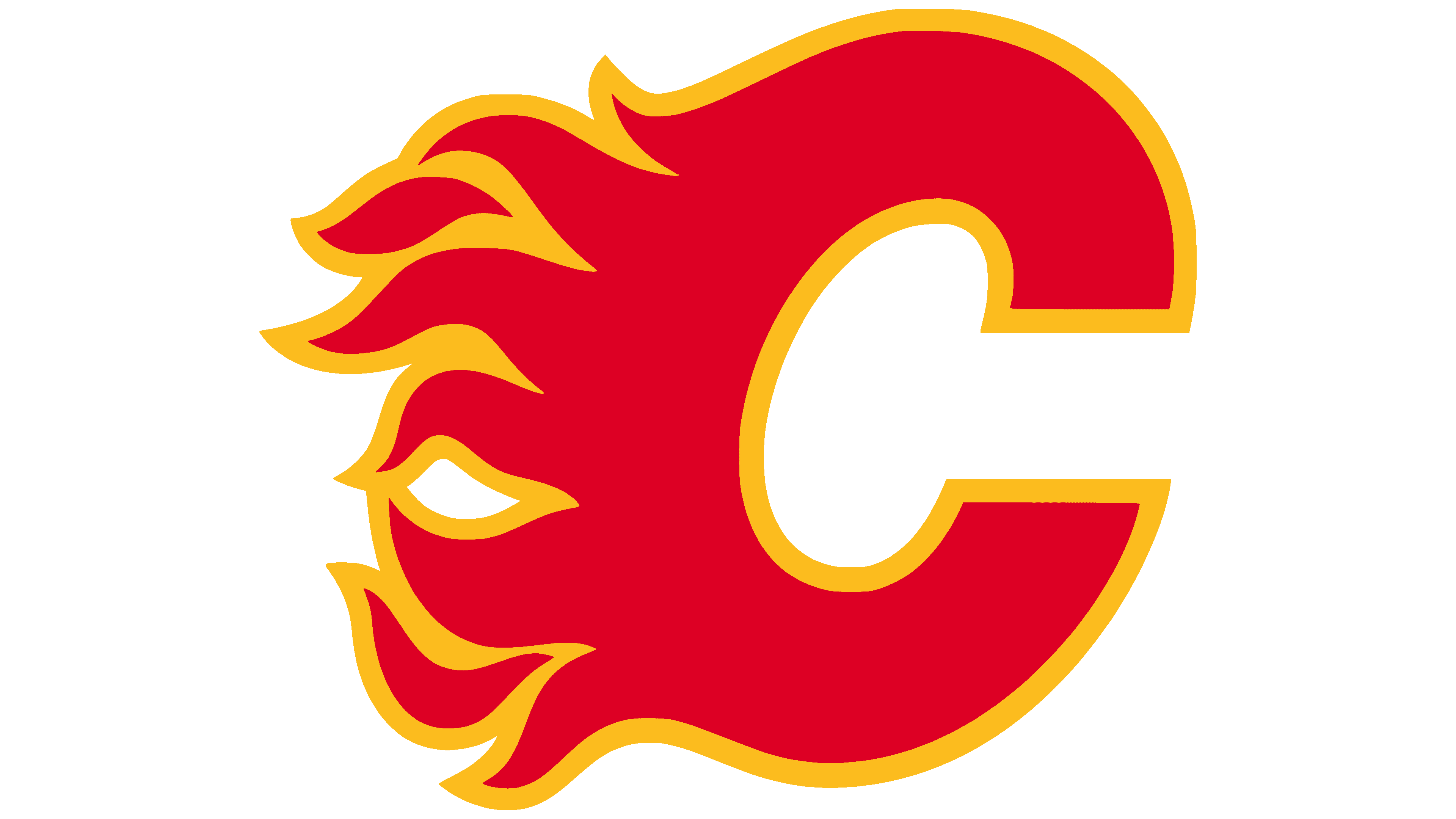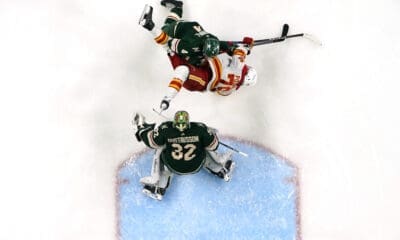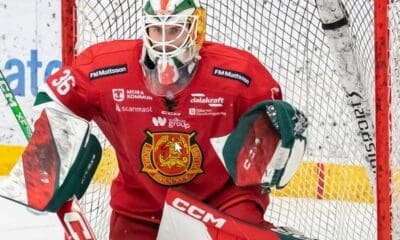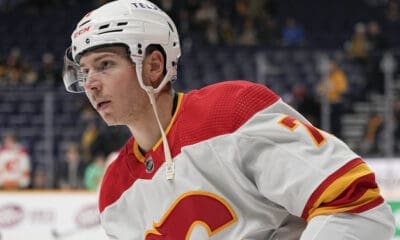Calgary Flames
Gamethread: Flames at Lightning, and a Look at the Last Ten Years
Ten years have passed since since Calgary and Tampa Bay met in the Stanley Cup finals- what happened in that time to bring the two teams to such disparate positions since?

Although, realistically, the
and Lightning could not be more different. Hayley has a great preview up here which covers a fair amount of the
2013-14 season, but what fascinates me is the changes in fortunes of each team over the last ten years.
Ten years is a long time in sports- look at how many players are left on each team from that fateful
Finals: 0. In a way, the slow destruction of that Lightning team is much more noticeable and was far better documented in the news.
became a Flame for a few seasons too long. The 2008 trades of
and
became
,
,
,
, and eventually
through a secondary trade.
Tampa Bay became a bottom feeder in a weak South East division, drafting 1st, 2nd, and 6th overall in three consecutive drafts. The team hired Barry Melrose as a coach for a brief (and hilarious) period of time. There were two (TWO) ownership changes, including the guy who ran the Saw franchise of films. None of this is surprising or news. Lecavelier's play dropped off and he went north to Philadelphia, causing thousands of Montreal fans to cry at night.
forgot he was an adult and got mad at Steve Yzerman for picking someone else for the Olympics and was traded to the
. Again, this isn't a collection of shocking revelations.
During all of this,
became an elite player.
quietly became one of the best defensemen in the league. Guys like
and
emerged from seemingly nowhere. Matt Carle left for Philadelphia and came back. Tampa hired one of the best coaches with no NHL experience from their farm team, Jon Cooper.
The fascinating thing about Tampa is this is all within the last ten years. Hell, most of it within the last six. Calgary, on the other hand, has been fairly static.
Ownership hasn't changed, the President only changed when Burke came on- and even then, Ken King just moved to more commercial responsibilities as opposed to hockey responsibilities. The GM office went through a few changes— from Darryl Sutter to Jay Feaster to Brian Burke, but even those felt slow- and when they did happen, hardly surprising.
While no players from the original 2004 team remain, the loss of them was never as surprising as the loss of the Lightning's core:
retired, Martin Gelinas retired, nobody cares about what Kobasew or Yelle are doing, and I'm pretty sure
has injured himself into early retirement.
Regehr's trade was fairly well covered, and of course Iginla's was as well, but it happened so late in their careers and so late in the decline of the Flames that the only shocking parts where that it hadn't happened already. Kiprusoff's retirement almost felt like an after thought.
So what do we learn about the difference in the construction and destruction of these two teams over the years? A fair amount. Part of the issue is one of construction of the teams at the time. The Lightning in 2004 were very good. They had multiple elite players and several very good players. Calgary, on the other hand, succeeded despite the roster. Iginla led the team with 73 points over a full season. Craig Conroy was the second leading scoring, topping out at 47 points. The team was successful in the playoffs, but if you played them ten times over, that success would almost certainly fail to repeat itself. It was a decent enough team, but the Flames were hardly on the same level as the Lightning.
It makes sense then, that the deconstruction of that particular iteration of the Flames was hardly notable. There was nothing interesting about
leaving. There was barely anything interesting about him in Calgary. The same could be said about almost all of that team. Those playoffs were the largely the sole bullet point in most of those players careers. They were absolutely a spectacular playoffs, and it seems an oft forgotten point that Calgary was the David to Tampa Bay's Goliath (but for a stone and a sling taken away by a ref), but despite that, those Calgary Flames were nothing particularly amazing.
The markets themselves dictated the direction of the franchises as well. As a non-traditional hockey market, Tampa Bay had less reasons to hang itself on it's past successes or failures. Sure, the trades of Richards and Boyle were hilariously ill-advised (*cough*Feaster*cough*), but the fact that they could happen at all shows the freedom a southern market has over a Canadian market. The Calgary Flames held on to
in a dying team for two seasons two long and now has very little to show for it. Darryl Sutter spent so many years trying to build the same team that gave him some playoff magic in 2004, never realizing that a large portion of that success was luck. There were good years in Calgary too: 2005-06 a dominant season from
and a very good season from
, 2006-07 saw
arrive in town and finally give Iginla some offensive help. Iginla was Iginla during this whole time.
Certainly Calgary hasn't been boring in this time- but none of the interesting things changed Calgary's fortunes or woes much: the multiple
trades, the Dion Phaneuf trade, the front office shuffling. It all happened in interesting enough fashion, but, looking back, seems fairly insignificant. In fact, that's a recurring theme for Calgary: the what/who/why are always fairly straightforward- it's the how that's made the team so strange.
All of this is to say a lot of things have brought these two teams to where they are today: the Lightning- through a combination of accident (Feaster/Koules) and intention (Yzerman) were able to leave the past behind and build a new team. The Flames had a few good years after the Cup run, but not enough, and they held on to that run for far too long.
by Arik Knapp








